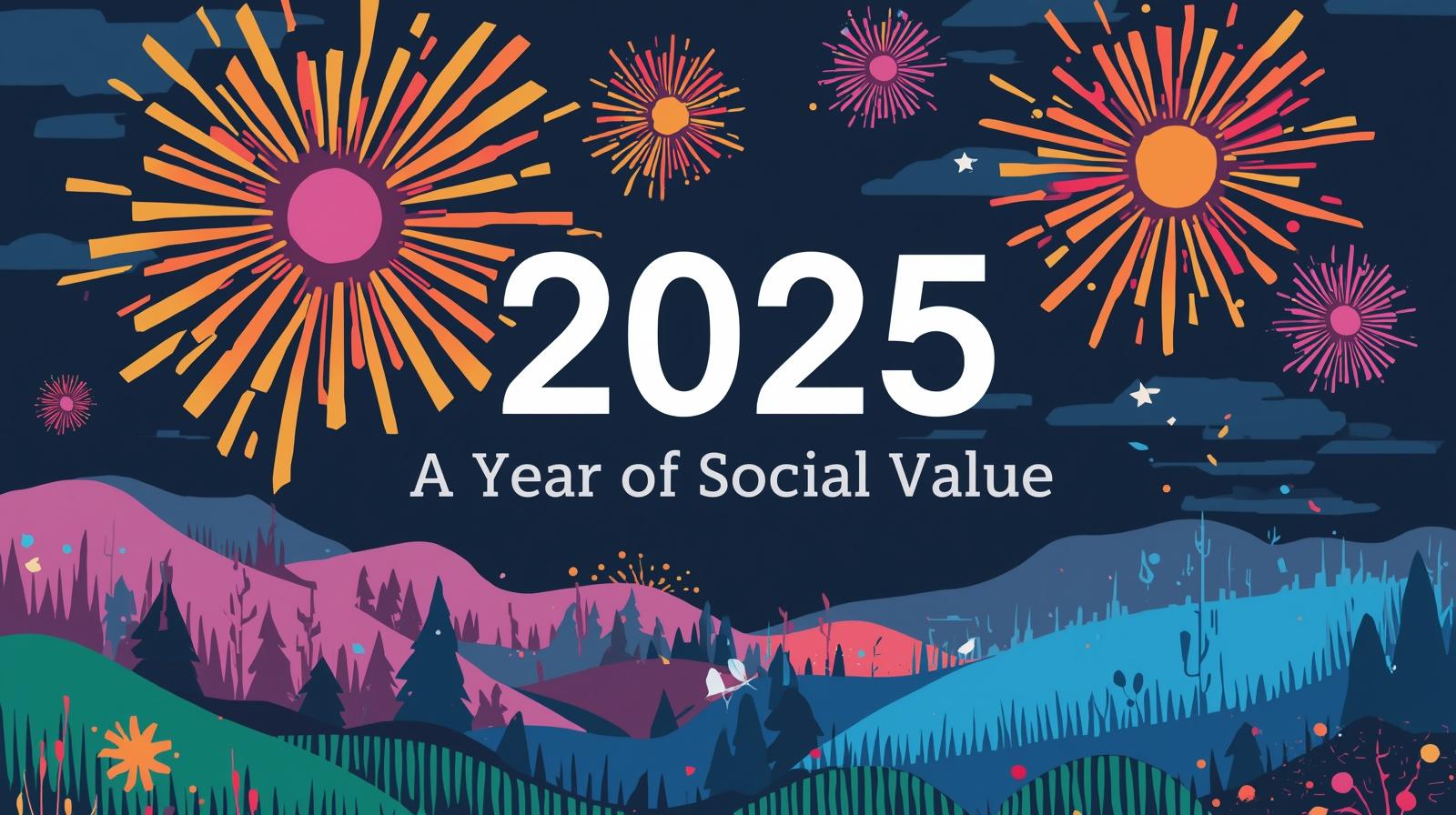As councils and partners navigate the pressures of structural reform, constrained budgets and rising demand, the need for credible approaches to social value has never been greater. But while the mechanics of reorganisation — operating models, boundary changes and service rationalisation — dominate the conversation, social value is often marginalised or assumed rather than made explicit.
A recent webinar we hosted brought together practitioners from across local government, procurement, health and the voluntary sector to explore what it means to measure and embed social value in this climate of challenge and change.
Overview of the Webinar and Speakers
The webinar, chaired by Ivan Annibal (Managing Director, Rose Regeneration), featured five speakers who offered perspectives from both commissioning and delivery, as well as cross-sector partnerships. Each drew on their live experiences of applying social value in practice:
Jodie Milsom, Social Value Support Officer, YPO
Claire Watts, Director of Economic Development and Communications, East Riding of Yorkshire Council
Mark Reading, Chief Executive, Cheshire Community Action
Caty Collier, Lincolnshire Voluntary Engagement Team (LVET) CIC / It’s All About People
James Turner, Indepent Consultant
Together, the panel offered a wide-ranging and grounded insight into how social value can be embedded, evidenced and used as a design principle for local service reform.
Rebalancing Procurement to Focus on Delivery, not Promise
Jodie Milsom explained how YPO, a public sector buying organisation, is reshaping its frameworks to ensure social value is considered throughout procurement, not simply as an afterthought.
“We’ve increased our minimum weighting for social value and sustainability to 20%,” she said. “But more than that, we now require bidders to set out specific commitments. These are not scored — deliberately — to reduce barriers for SMEs, but they are contractual and followed up as part of supplier performance.”
These commitments are tracked using the Social Value Engine, and monitored during contract management meetings. The aim is to create a transparent and consistent system that captures real delivery, rather than ambitious (and often unfulfilled) bidding promises.
From Outputs to Outcomes: Making Impact Measurement Routine
Claire Watts shared how East Riding of Yorkshire Council has built social value into the way it monitors and evaluates the impact of its funding programmes, including levelling-up and community grant schemes.
“What we found was that we had a lot of people making commitments,” she said, “but we weren’t always capturing the actual value that was being delivered.” A new Impact Coordinator role has been introduced to support this process.
She shared examples from the “Do It For East Yorkshire” grant scheme, which delivered a £5 return in social value for every £1 invested. This measurement not only supported better programme learning, but also made the case to elected members for reinvestment.
East Riding is also embedding social value evaluation into UK Shared Prosperity Fund delivery, with early figures from Year 1 showing £3.77 SROI for Communities and Place projects.
Credibility, Partnership and Prevention
Mark Reading offered a voluntary sector perspective, speaking candidly about the need to move from being “trusted but not heard” to becoming a more equal partner in shaping local systems.
“Being able to show our impact has opened doors,” he said, referencing projects like Community-Led Care Commissioning, where data from third-sector providers was used to directly inform the next phase of grant design. “The Social Value Engine helped us give credibility to what we already knew was true.”
Caty Collier, working across the Lincolnshire health and care system, echoed the need to use social value to go beyond counting outputs.
“We’re trying to get to the ‘so what?’ of service impact,” she said. “It’s not just about how many people attended, but what difference did it make to their lives?”
Her team used social value analysis on both social prescribing and cancer care coordination. Across 11 Primary Care Networks, social prescribing returned an average of £3.73 for every £1 invested, with some areas achieving over £5. These results are now being fed back into service planning.
Visualising Value for Decision-Makers
Finally, James Turner described how councils are using dashboards to bring together procurement, programme, and project-level data on social value into a single visual tool.
“Part of the challenge is helping decision-makers see the impact clearly and at the right level of detail,” he said. “The dashboard allows us to compare, benchmark and draw insights in real time — not six months after the fact.”
This approach is helping councils to embed social value into its business intelligence infrastructure, rather than treating it as a standalone report or compliance exercise.
Summary
The webinar underlined that social value cannot remain at the margins. If public sector reform is to be effective and fair, it must take account of the lived realities, long-term benefits and preventative value that partners across sectors are already delivering.
Embedding social value means making it part of commissioning, delivery and governance — not just reporting. It requires a commitment to meaningful data, shared learning, and long-term thinking. As Ivan Annibal concluded, “It’s time for social value to be seen not just as an add-on, but as a core design principle for how we rebuild public services.”


